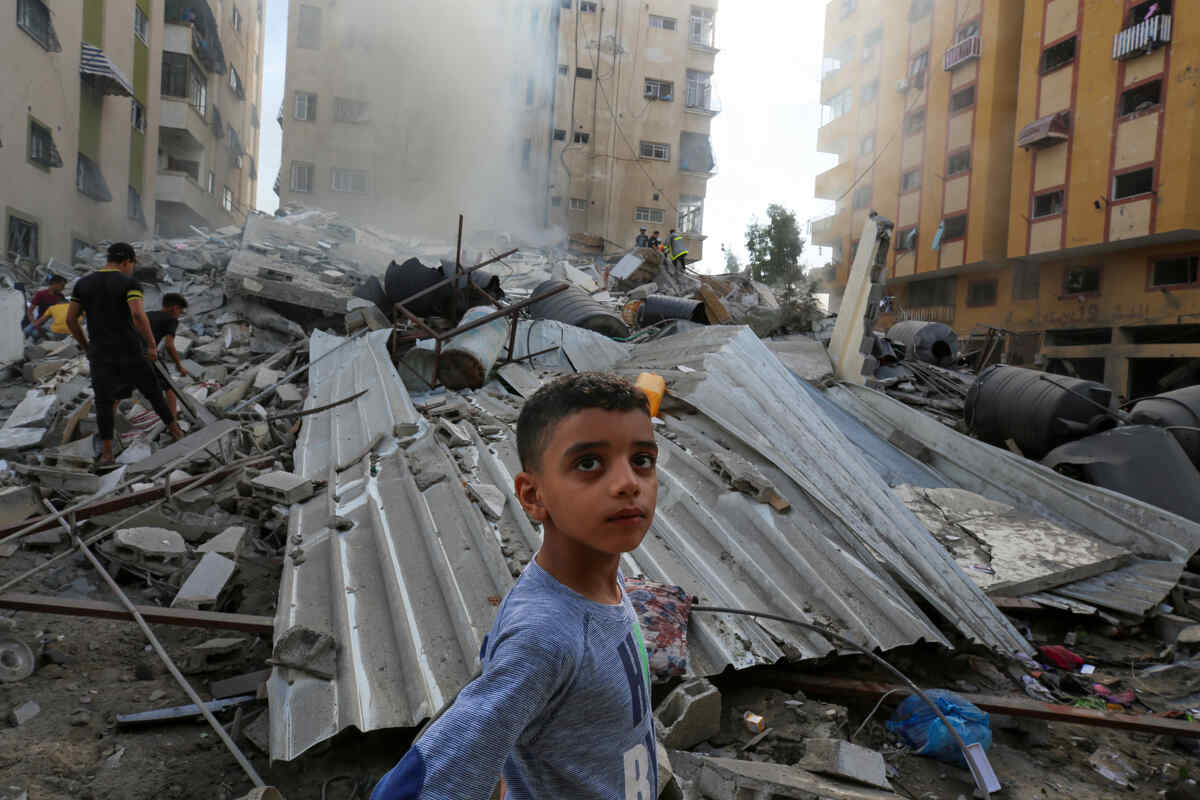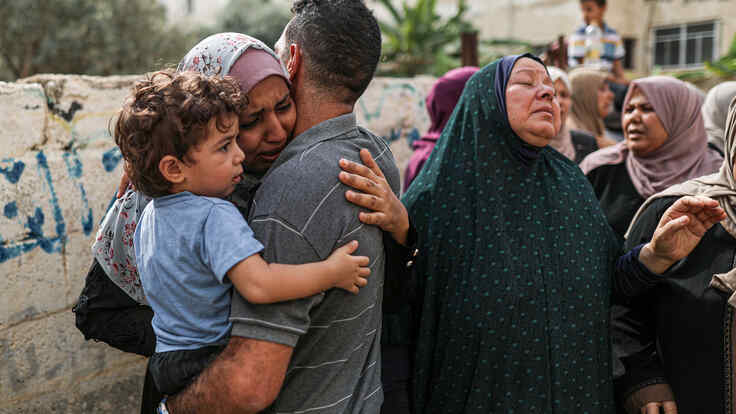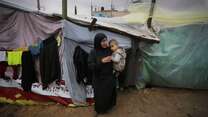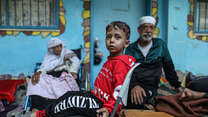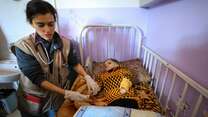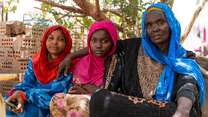Famine imminent in northern Gaza
- IPC (Integrated Food Security Phase Classification) report states available evidence could “signal the imminent onset of famine”
- "Airdrops and sea routes are not a solution," says IRC Team Lead for occupied Palestinian territory
- The IRC is providing emergency and life-saving medical care, including direct medical care at hospitals, and the distribution of medical supplies and pharmaceuticals.
In Gaza, more than 2 million Palestinian civilians are facing peril and disaster every day. The Secretary General of the UN calls this a “humanitarian catastrophe.” Following the work of IRC assessment teams on the ground, and commencement of aid flows from Egypt to Gaza, the IRC is initiating a response to the humanitarian crisis arising from the current conflict.
The escalating conflict in the Middle East on October 7 and since has created widespread death and destruction. As of December 2023, more than 20,000 people have been killed, including 6,000 children, and over 100 hostages taken by Hamas are still in captivity. Dozens of aid workers and over 130 UN staff have been killed.
The Israeli blockade of food, water, fuel, and essential medicines and supplies is inflicting immense suffering on Palestinians. The population also lacks access to electricity and 100% of Gazans are facing crisis levels of food insecurity. This is the highest share of people facing high levels of acute food insecurity that the initiative has ever classified for any area or country.
The health care system has collapsed, with attacks on hospitals leaving much of Gaza’s population without access to any treatment. Insecurity Insight recorded 345 incidents of violence against health care facilities and professionals across Gaza and the West Bank during the first seven weeks of conflict. As fuel reserves expire, doctors and nurses are becoming powerless to treat the sick and injured while ongoing border closures prevent patients in Gaza from traveling to Israel, the West Bank or East Jerusalem for treatment.
With 95% of Gazans lacking access to safe water and 1.9 million displaced into crowded settings, the IRC is warning of an imminent infectious disease outbreak in Gaza. As residents rely on contaminated water sources and lack access to proper sanitation and hygiene, waterborne illnesses like cholera and typhoid will inevitably spread.
Israel has severely restricted the amount of aid entering Gaza after October 7. Before the war, 500 truckloads of aid entered Gaza daily—with needs increased, a huge uplift in aid will be required, but far less is actually arriving. Aid delivery has been further constrained by the damage to roads, lack of fuel, and the displacement and death of humanitarian aid workers. Gaza’s recovery after the fighting ends will depend on whether, and how intensely, Israel maintains its policy of preventing basic goods and services from entering Gaza.
There is an imperative to reduce the death and suffering of the civilian Palestinian population in Gaza.The IRC is closely monitoring and assessing the situation in the occupied Palestinian territory (oPt), while we initiate a response to the current humanitarian crisis. The IRC has a team on the ground in Egypt and we are working with partners to deliver supplies and provide bespoke and specialist health services, water and sanitation, child and women’s protection, and psycho-social interventions to the millions of people in desperate need of humanitarian assistance in Gaza. We will continue to look for opportunities to expand our response through local partners.
The IRC’s response in oPt draws on our global experience and expertise in emergency response, as well as our longstanding presence in the region. In 2022, IRC teams across Syria, Lebanon, Jordan, Iraq, Yemen and Libya helped 6.3 million people.
The International Rescue Committee (IRC) is calling for a sustained ceasefire to protect Palestinians from harm, enable the release of all hostages, and allow for a step-change in the assistance provided to people across the whole of Gaza.
“In a matter of weeks, Gaza became the most dangerous place in the world for civilians,” said Sam Duerden, the IRC crisis/team lead for the occupied Palestinian territory. “Tens of thousands of people have been killed, more than three-quarters of the population displaced and critical infrastructure destroyed. Right now, the people of Gaza need extensive humanitarian assistance to survive, but most of all the restoration of public services and the basic right to live free from fear.”
Learn more about why a humanitarian ceasefire is necessary for civilians in Gaza.
